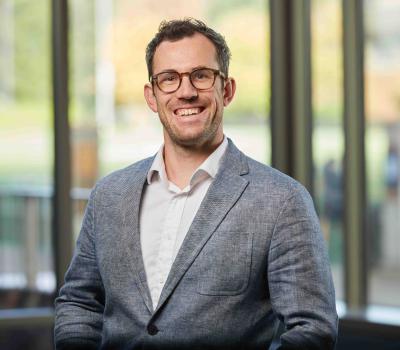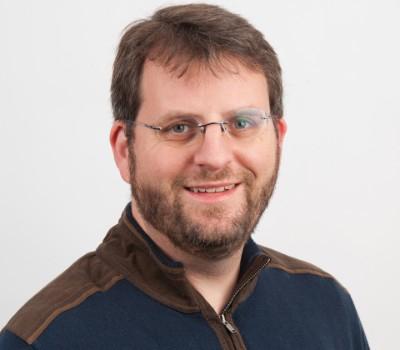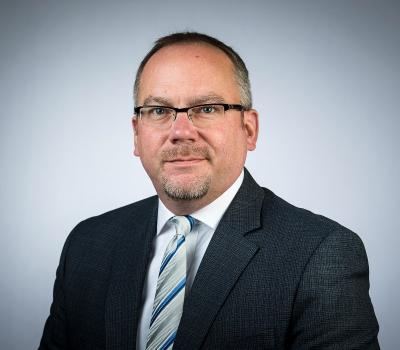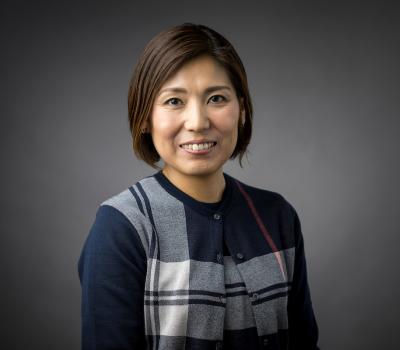MIME materials science researchers collaborate with a variety of Oregon State centers and institutes including the Materials Synthesis and Characterization Center (MaSC) and the OSU Electron Microscope Facility. Their work is supported by the National Science Foundation, the U.S. Department of Energy, including the National Energy Technology Laboratory, the U.S. Department of Defense, and state collaboratives such as VertueLab and ONAMI (Oregon Nanoscience and Microtechnologies Institute) in addition to numerous industrial sponsors.
Within the MIME, faculty research in the areas of structural materials, biomaterials, electronic ceramics, energy materials, sensors, and bulk and thin film materials processing.
Computational Materials Science
Fundamental research combining computer simulation and theoretical modeling to investigate structures and properties of materials and how to engineer them.
Electroceramics Research
Supports research on electronic ceramic materials high-energy ceramic capacitors, high temperature capacitors, and piezoelectric materials for sensors and actuators.
Mechanical Behavior of Materials
Research on mechanical properties (e.g., deformation, fracture, fatigue, creep-fatigue) of advanced structural materials and biomaterials, including metals, ceramics, intermetallics, interfaces, composites, and biological materials.
Multi-Functional Thin Film Materials Research
Research on microstructure, processing, and property relationships in functional thin film materials. Oregon State School of Mechanical, Industrial, and Manufacturing Engineering
Nuclear Materials and Metallurgy
Materials degradation and alloy development research for harsh environments. Computational methods and fundamental experiments are coupled to explain degradation mechanisms and predict component lifetime performance. Focus areas include: phase transformations, irradiation damage and supercritical CO2 corrosion.
Research Areas
- Development of amorphous metallic thin films for electronic applications
- Development of crystallographically textured thin film piezoelectrics on arbitrary substrates
- Development of novel dental restorative composites
- Development of novel discrete element method models for metal deformation
- Fabrication and characterization of nanoporous membranes
- Fabrication and characterization of periodic arrays of metallic nanostructures
- Fatigue and creep-fatigue mechanisms of nickel based superalloys
- Fracture and fatigue behavior of bulk metallic glasses
- Fracture of lead free solder joints
- High energy density dielectric materials for thin film microcapacitors
- High temperature dielectrics for extreme environments
- High temperature piezoelectric materials
- Mechanical behavior and durability testing of dental materials
- Pb-free piezoelectric materials for MEMS applications
- Piezoelectric energy harvesting
- Predicting fatigue behavior in extrinsically toughened materials
- Predicting fatigue and creep-fatigue behavior of nickel based superalloys
- SiC and AlN based power semiconductor packaging by powder injection molding
- Unipolar fatigue behavior of Pb-free piezoelectric actuators
- Radio frequency satellite tag design improvements for more reliable whale movement tracking
- Alloy development for next generation power plants
- Corrosion in supercritical CO2
- Irradiation effects in alloys for nuclear systems
- Photoresponsive metal-organic framework materials for advanced applications

Benjamin Adam
Assistant Professor-Senior Researcher
Ryan Mc Quade
Research Associate
John Parmigiani, P.E. (OR, PA, WA)
Associate Professor-Senior Researcher







